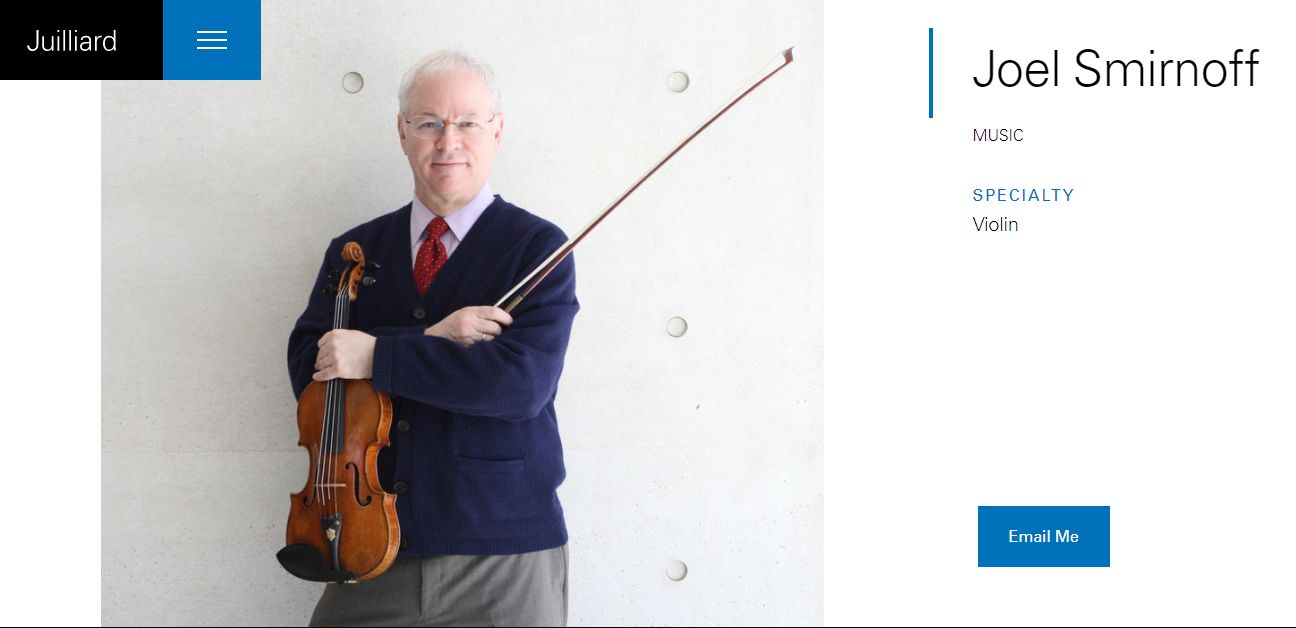Musical Panorama of the late 60s
Grammy-award winner Joel Smirnoff has been a member of the Juilliard String Quartet since 1986, and the ensemble’s leader since 1997. He also pursues and active career as a conductor, both in the U.S. and abroad. Join a truly distinguished alumnus for and exploration of the sounds and content of the music which provided the ambience for university life at UChicago during the late 60’s. As a member of the Class of ’71, the music at this time became, to an exent, a major motivating influence in his life and the lives of young people tyring to find a center and a life plan.
Joel Smirnoff is a renowned violinist and conductor, known for his contributions to classical music. While there doesn’t appear to be a specific reference to him discussing the “Musical Panorama of the late 60’s,” we can certainly paint a picture of the musical landscape of that era.
The late 1960s were a transformative period in music, marked by significant cultural, social, and political changes. Here’s an overview of the musical panorama of the late 60’s:
1. Rock and Roll: Rock music continued to evolve and diversify during the late 1960s. The Beatles, The Rolling Stones, The Who, and The Doors were among the most influential bands of the era, pushing the boundaries of rock with innovative songwriting, experimentation, and studio techniques.
2. Psychedelic Rock: Psychedelic rock emerged as a prominent subgenre, characterized by its trippy, experimental soundscapes and surreal lyrics. Bands like Pink Floyd, Jefferson Airplane, and The Grateful Dead were at the forefront of the psychedelic movement, incorporating elements of psychedelia, folk, and blues into their music.
3. Folk and Protest Music: The folk music revival of the 1960s was intertwined with the era’s social and political upheaval. Artists like Bob Dylan, Joan Baez, and Pete Seeger used their music as a platform for social commentary and protest, addressing issues such as civil rights, the Vietnam War, and environmentalism.
4. Soul and R&B: Soul music experienced a golden age in the late 60s, with artists like Aretha Franklin, James Brown, and Marvin Gaye achieving commercial success and critical acclaim. Soul music blended elements of rhythm and blues with gospel influences, delivering powerful vocals and infectious grooves.
5. Jazz and Fusion: In the jazz world, artists like Miles Davis, John Coltrane, and Herbie Hancock were exploring new frontiers with avant-garde experimentation and fusion with other genres such as rock and funk. The late 60s saw the rise of jazz fusion, blending jazz improvisation with electric instruments and psychedelic influences.
6. Classical and Avant-Garde: In the classical music realm, composers like John Cage, Karlheinz Stockhausen, and Steve Reich were pushing the boundaries of traditional composition with experimental techniques, electronic music, and minimalist aesthetics.

Overall, the late 1960s were a period of remarkable creativity and innovation in music, with artists across genres exploring new sounds, styles, and ideas. The era’s music reflected the spirit of rebellion, experimentation, and social change that defined the decade.